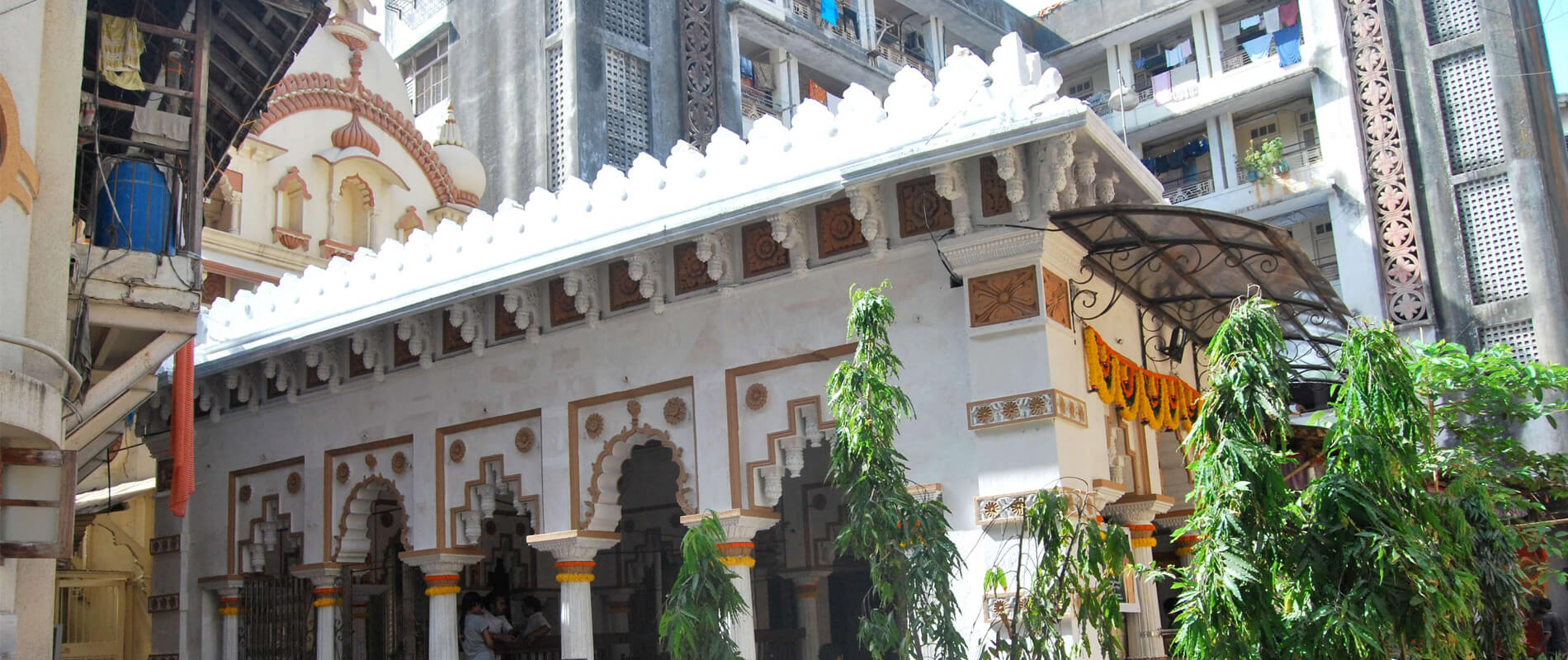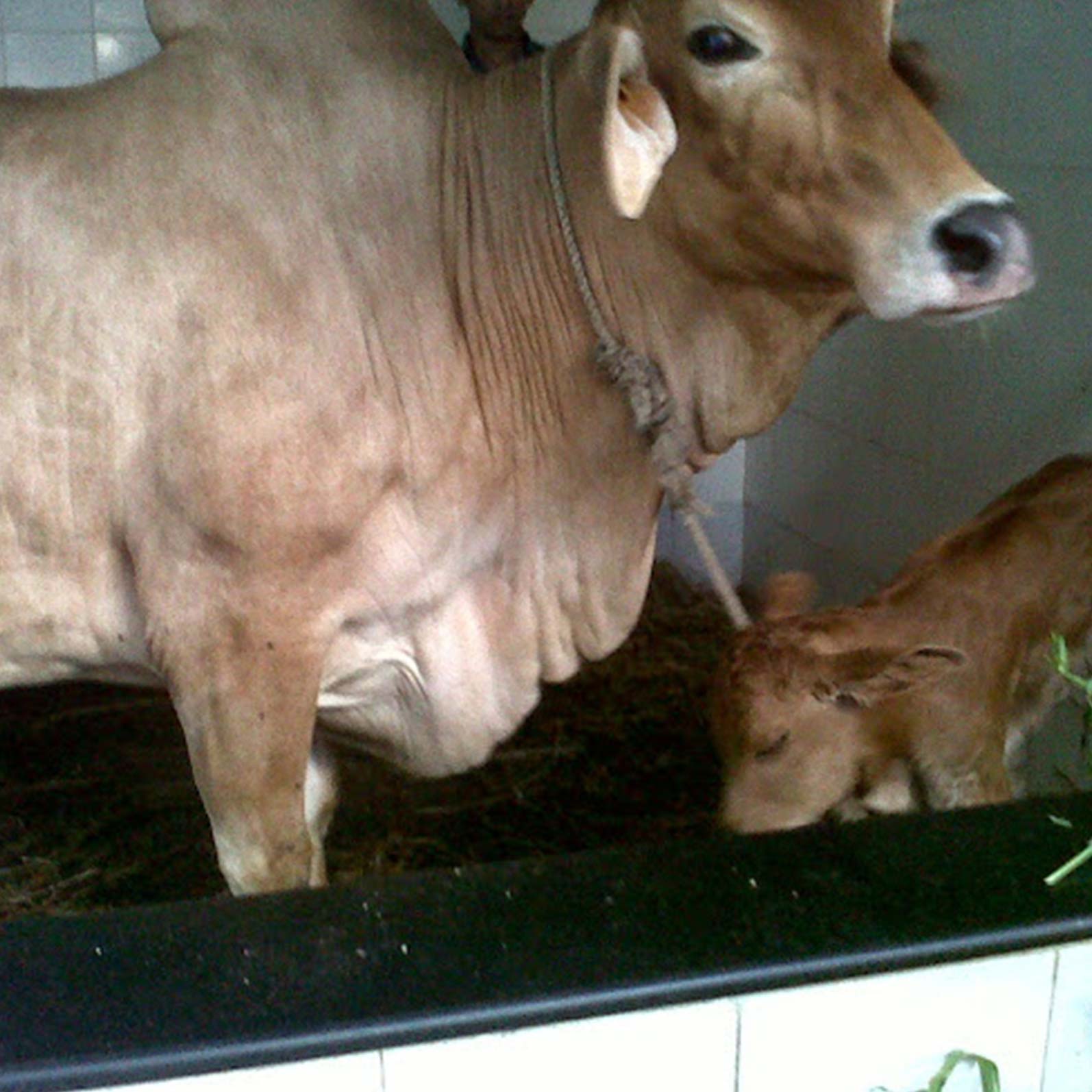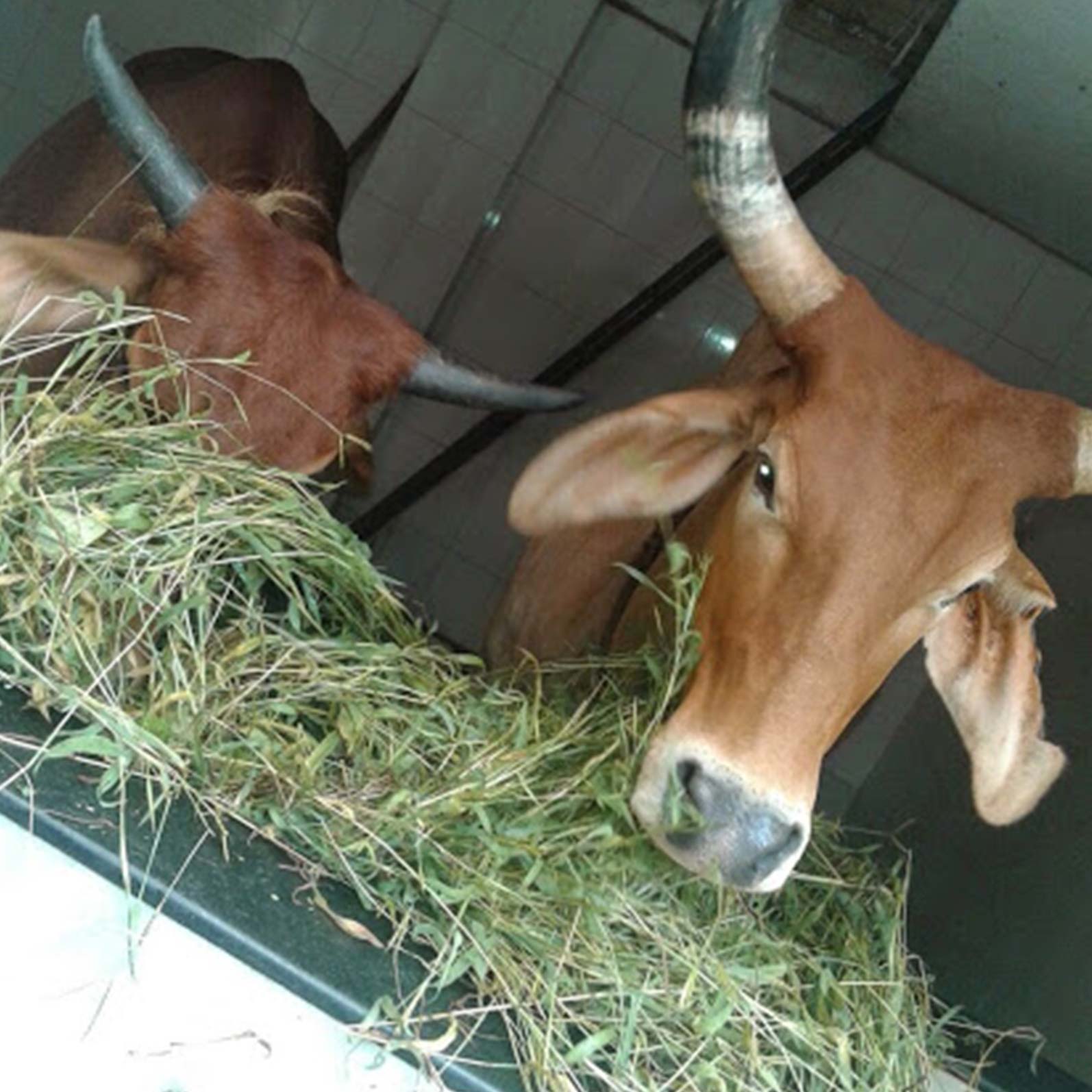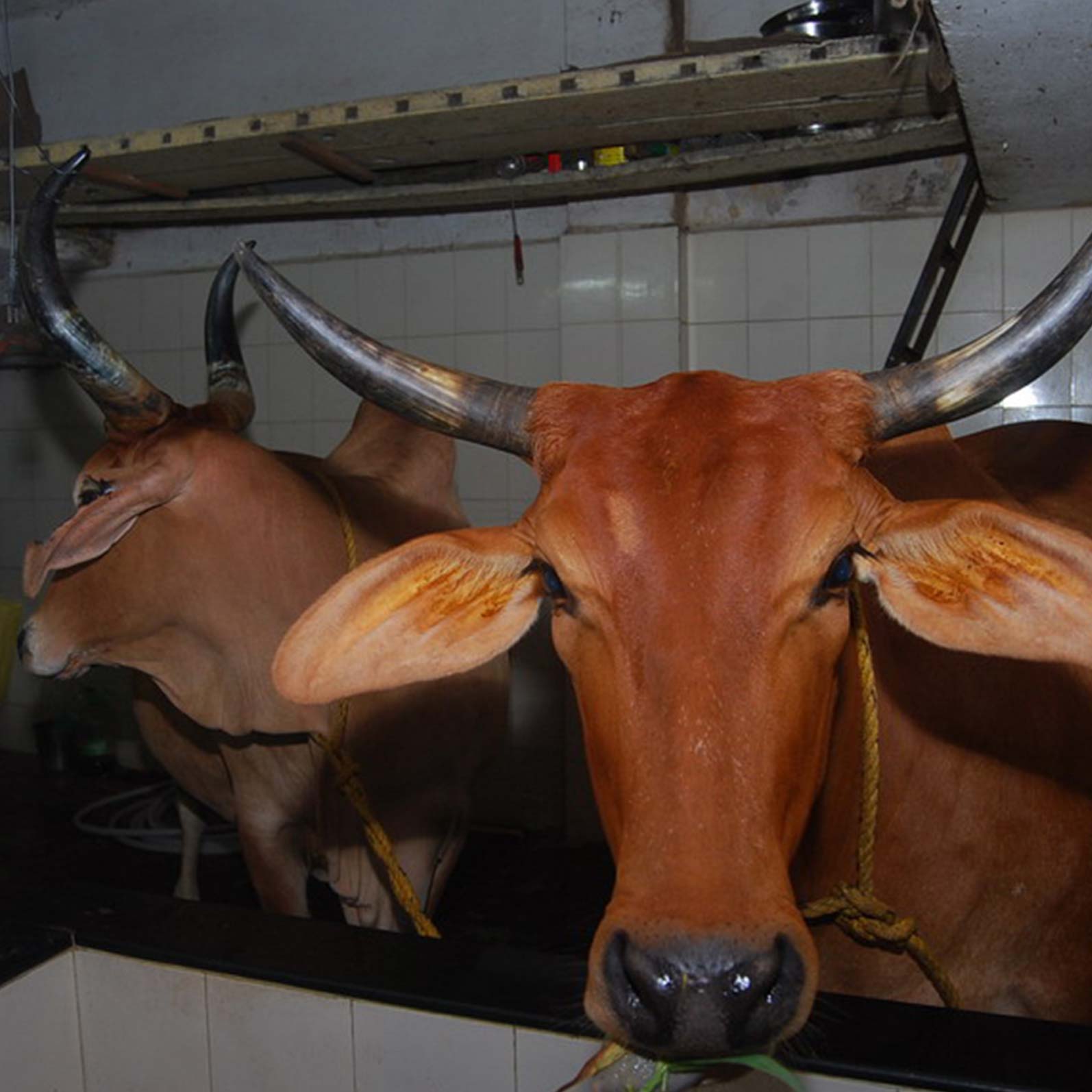Gau Shala

Gau shalas or cow shelters are a common sight near most Hindu temples in India because cows are revered and worshipped in Hinduism. In keeping with this tradition, Nar Narayan Temple too accommodates a gau shaala (cow shelter) in its premises that houses Gir cows, believed to be descendants of kamadhenu (mother of all cows).
Philosophy
Philosophically, cows are considered sacred because they symbolise a life of sacrifice. Despite being on a diet of primarily grass, they give wholesome, nutritious milk demonstrating how they take so little, but give back so much more. While the cow is worshipped in Hinduism, this principle of sacrifice, consuming less and giving back to society generously is a central theme across every single faith in the world.
Mythology
Hindu mythology also reflects the role of the cow with Lord Krishna (Nar) being raised as a cow herder. In various stories, bhajans (devotional hymns) and art, he is often depicted playing the flute among cows and also goes by the names of Gopala and Govinda, which mean ‘protector and friend of the cows’. This is why it is considered auspicious for devotees to feed a cow whenever they visit a temple.
Rituals
When it comes to rituals, milk and ghee (clarified butter) are essential ingredients of most pujas (prayer services) and yajnas (sacrifices). Ghee is also used extensively in the preparation of prasad, a typically sweet food item, that is given to devotees at every temple after a significant puja.
Science
In India’s smaller towns and villages, cow dung is preserved and used as fuel to generate electricity and heat since its methane content is high. Cow dung is also plastered on the floors and walls of village homes to provide insulation from the heat and cold. Being rich in minerals and nutrients, cow dung is widely used as an organic fertiliser in India’s primarily agrarian economy. There is now a big organic farming movement in India to return to ancient methods of utilizing cow dung to re-mineralise the depleted soil.


